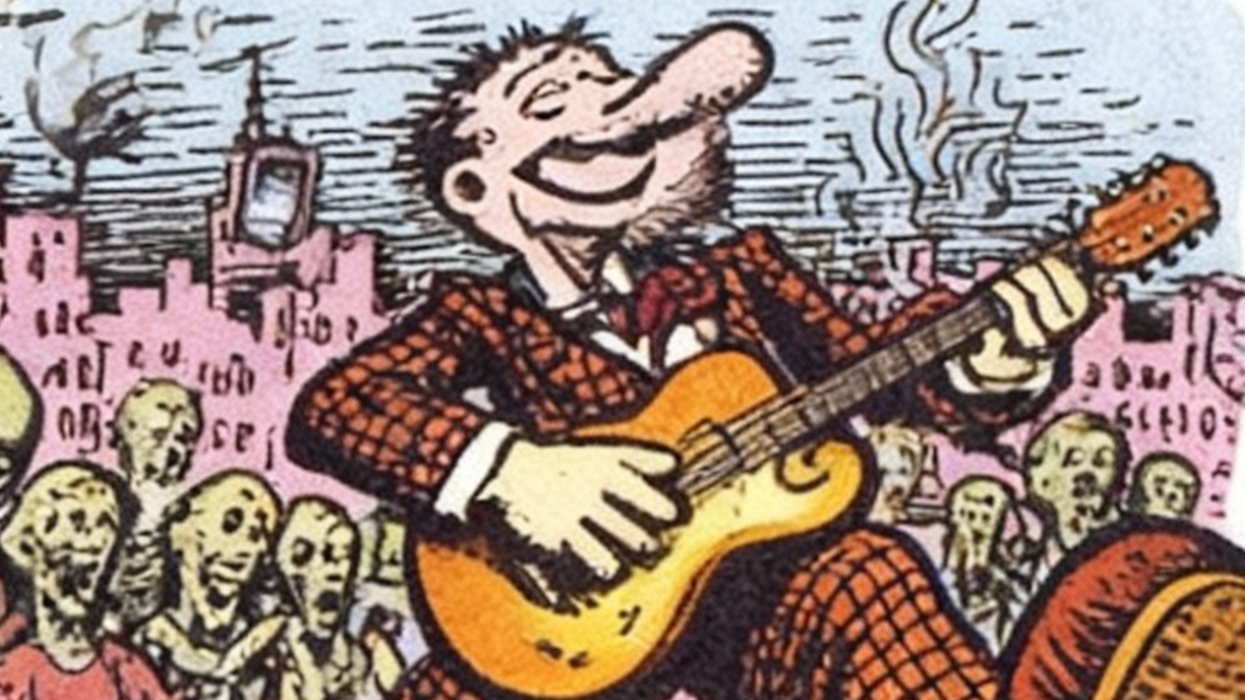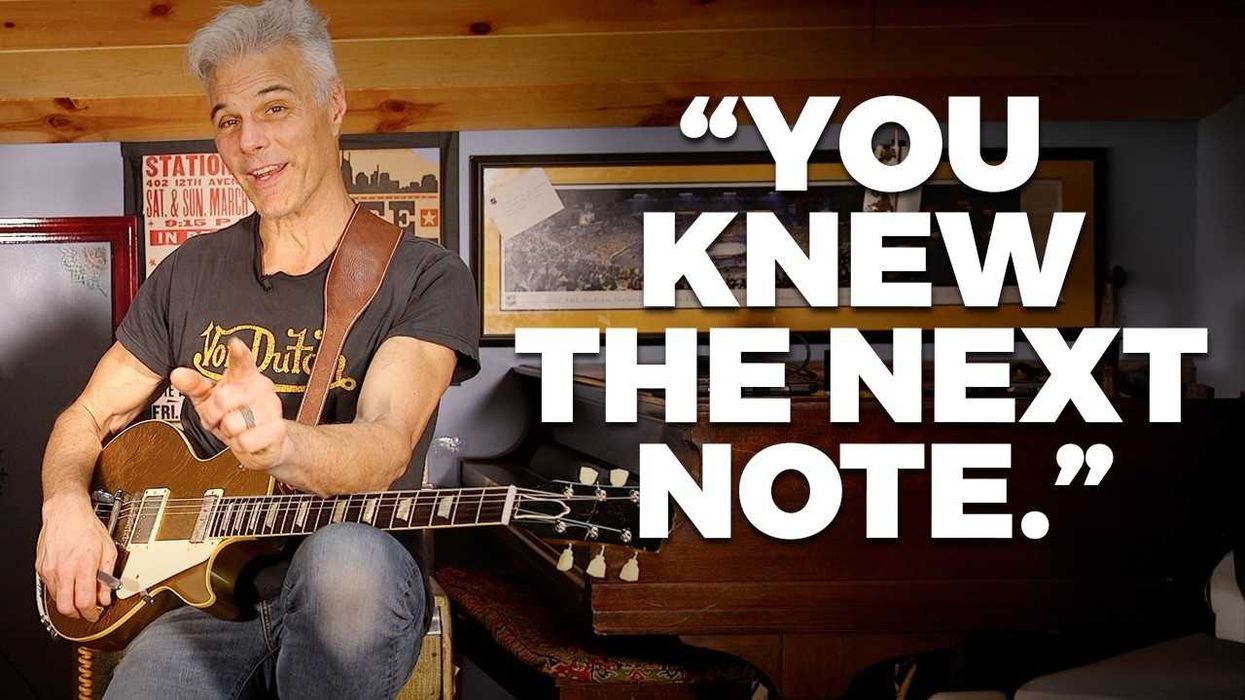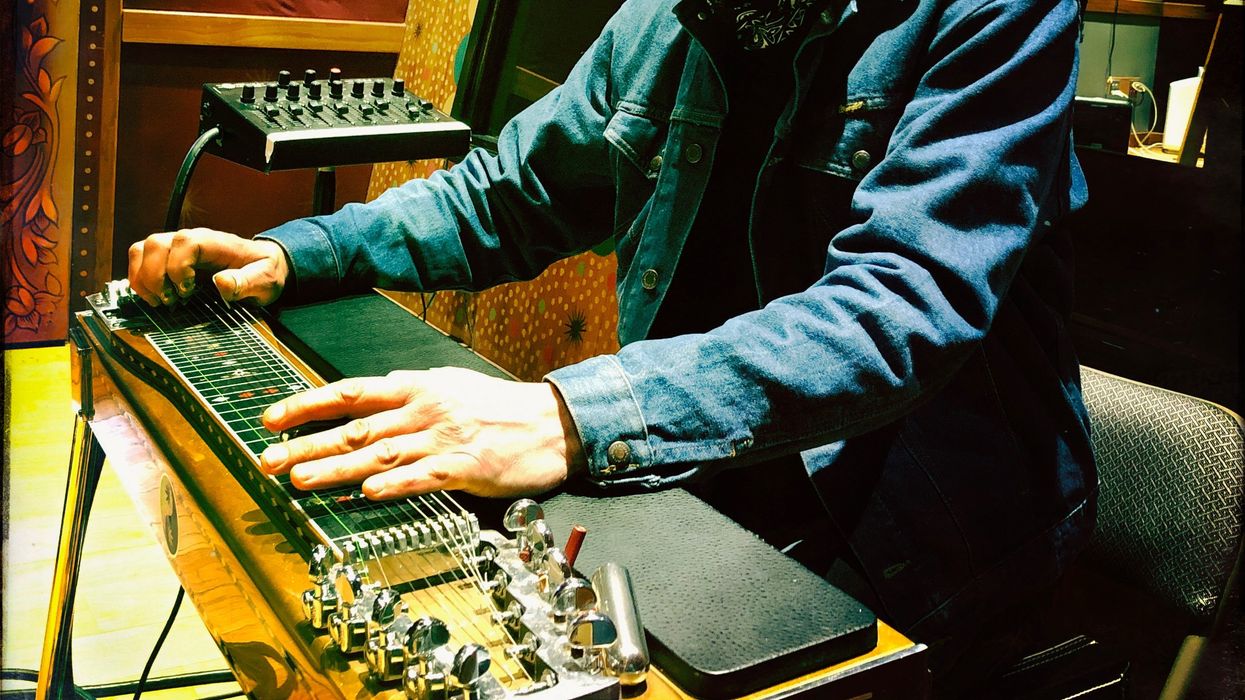
This couldn’t really be billed as an “Amp Issue” if I didn’t go on and on here about amps, now could it? But I promise I won’t blab too much about how an amp arguably does more for your tone than anything else in your signal chain. That’s all true— after all, it’s the last thing in that chain and it broadcasts the signal for all to hear—but what I want to do here instead is talk a little about the stories our amps tell. Because our gear choices do tell a lot, sometimes more after they’re gone than when we have them.
My first amp was a little solid-state Peavey Backstage Plus 1x12 combo. The year was 1984, and the amp lasted less than a day. Not because it blew up or died, but because I’d purchased it at a big annual sale at Herger Music in Provo, Utah, where I’d also bought my first electric guitar—a two-knob 1983 Fender Strat. Mere hours afterward, the store had a drawing for a giveaway and I ended up winning the grand prize, a solid-state Marshall Master Lead Combo. I was 12 and had begun playing acoustic guitar a year before, which ticked off the older second-prize winner (he got a Tom Scholz Rockman Soloist) to no end. He’d played for years, and there I was—this skinny little kid, a foot or two shorter— stealing the cooler prize away. And to add injury to insult, my bandaged-up broken thumb (caused by a gnarly attempt at Evel Knievel-style BMX biking) made it impossible to play for a while—yet more reason for the runner-up to scowl.
The people who ran Herger were cool enough to let me return the Peavey, and for the next couple of years that Marshall broadcast my stilted, out-of-tune, rhythmically challenged parts in my first band—an originals power trio with very little in the way of actual power. The concept of master volume versus standard volume knobs was somewhat foreign to me then, because I didn’t really know anyone else who played guitar except my teacher at the music shop.
And don’t even get me started on tubes. My mom had thought the salesman was trying to liquidate old, outdated inventory when he suggested a valve-equipped model, so her gut reaction was to spring for the “cutting-edge” solid-state gear.
Within a year or so, I’d enrolled in the Commercial Music class at my local high school, where they had a Roland JC-120 Jazz Chorus amp that was shared with the jazz band. I finally met a couple of older and more experienced guitarists there, and our class band played stuff like U2’s “New Year’s Day,” Dire Straits’ “Money for Nothing,” and godawful Top 40 stuff with synth parts that sounded like the themes from nighttime “news magazine” shows.
I still didn’t know jack about tone, though—or at least not enough to make good decisions. In the grand scheme of guitar things, it was an unfortunate time to come of age: Digital was becoming much more prominent and powerful—and for fewer dollars— and the seminal guitar tones and gear from the ’50s on through the ’70s was suddenly deemed outdated and limited. It was a perfect storm for clinically clean, one-dimensional tones that sounded nothing like the guitars that’d forged rock up to that point, even when augmented with pedals of the period (I had a DOD American Metal and, later, a DigiTech PDS1550). And catching snippets of interviews with guitarists like Joe Satriani talking about using a JC-120 for clean tones just prolonged the time till I discovered tube tones.
A slight tonal turning point finally came when I started going to clinics put on by visiting shredders at local shops. Players I’d read about, like Paul Gilbert and Frank Gambale. Players who seemed to be reawakening to at least half of the truth about great guitar sounds. Players extolling the virtues of new 12AX7- powered digital preamps like the ADA MP-1, which I bought and ran through the JC-120. (Yes, I ran a metal-head preamp through a squeaky-clean, jazz-cat amp. Theoretically, it seemed like pure genius.)
Toward the end of the ’80s, 6-stringers finally seemed to remember en masse that great tones usually come from all-tube amps—an awakening due, no doubt, to the success of Guns N’ Roses’ old-school renaissance. I couldn’t afford one for a while after that, but after graduation I finally got half of the amp rig used by my (then) newfound hero, Eric Johnson. His Ah Via Musicom convinced me a Fender Twin and a Marshall plexi were the keys to amazing tone, but I could only afford the former so I got a ’65 reissue and a Hughes & Kettner Tubeman pedal to drive its front end.
But the awakening wasn’t complete till a bit later when I realized that pedal-generated distortion could never compete with what other power tubes could generate in amps with less headroom and a different tube topology. Soon afterward, I went on a bit of an amp-buying spree: I experimented with an EL34-powered Bedrock combo, and EL84s in a VHT Pittbull 50/12 and a Matchless SC30.
A little later, I foolishly let myself swoon over a pricey digital-recording system, selling my rare Matchless Skyliner Reverb to bankroll it. Next up was a 6L6-powered Reverend Hellhound, then had a short-lived trial with a Line 6 Flextone II modeling amp before grabbing a plexivoiced Budda Superdrive 30 II, and then a fantastic-sounding Fender ’65 Deluxe Reverb, a silverface Fender Vibro Champ, a Laney VC30, and now a Goodsell Valpreaux 21.
For the most part, all these amps sounded great, and each successive one was either an improvement in sound or at least a new adventure that helped me narrow down my aural ideal. Many of them I wish I still had, although I have to say that I’ve never been happier about my amp tone than I am now—and it’s lasted longer than with any other amp, too.
Here’s to your amp adventures in this issue, those in your past, and those in the future. And if you feel like sharing them, please write me.

















